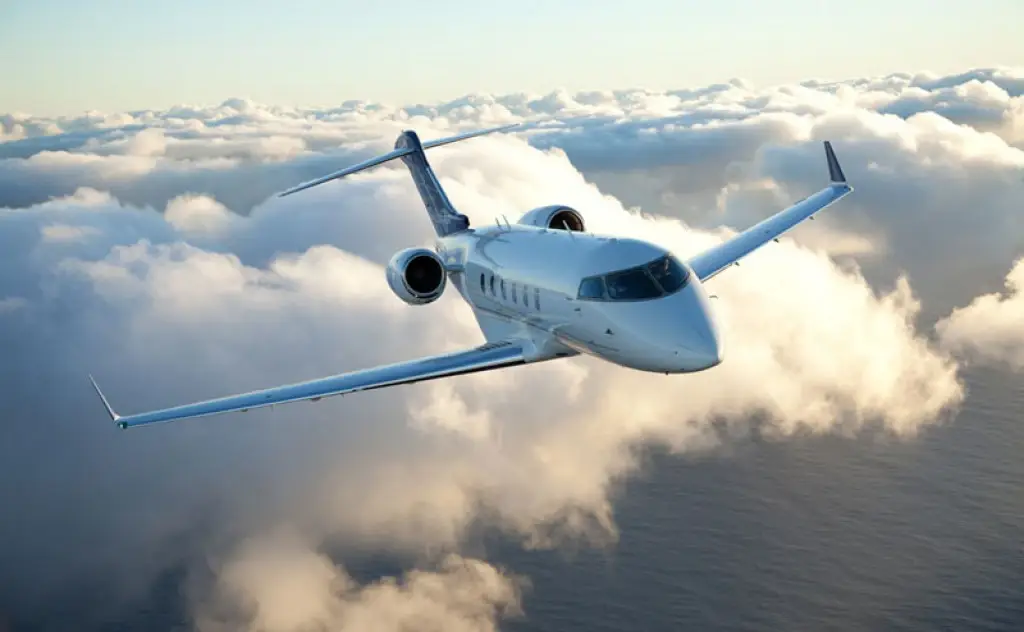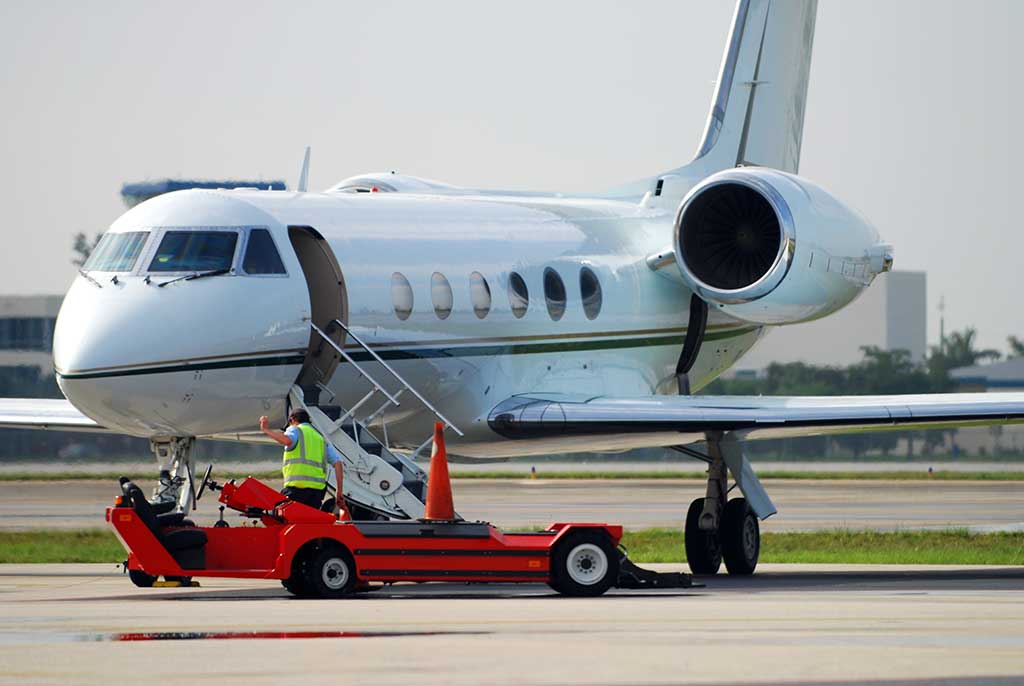On Monday, April 8, 2024, residents of North America will witness something that will not occur again for 20 years when the Earth, moon, and the sun line up to create a solar eclipse. Regarded as one of nature's most spectacular events, people along the path of the solar eclipse will witness a surreal midday darkness as the moon blocks out the light from the sun.

The April 2024 eclipse is expected to be seen by more than 31 million people in the United States. Traveling in an arc from the southeast to the northeast, the solar eclipse will begin in Texas at 13:27 and finish in Maine at 15:35 local time.
The best places to witness the total eclipse in the United States are Texas, Oklahoma, Arkansas, Missouri, Illinois, Kentucky, Indiana, Ohio, Pennsylvania, New York, Vermont, New Hampshire, and Maine. The eclipse can also be seen from parts of Tennessee and Michigan.
After leaving Maine, the moon's shadow passes over Southern Ontario, Quebec, New Brunswick, Prince Edward Island, and Cape Breton before leaving North America over Newfoundland at 17:16 local time.
While it isn't as nearly impressive as being in the path of totality, other parts of the United States will witness a partial eclipse. Unlike those in the path of totality that will be plunged into darkness, you can still see the moon block out some of the sunlight.
What is the best way to see a solar eclipse?
While a solar eclipse is visible to the naked eye from the ground, the weather and cloud cover can determine how you see it best. Given that this year's eclipse happens in April, a month when winter transitions into spring, experts give having a cloud-free viewing a 50/50 chance. The best place to view the eclipse from the ground is in Texas, while people living in Buffalo, New York, have around a 33% chance due to cloud cover.
See the eclipse from an aircraft
There is a way, however, that guarantees a cloud-free viewing, and that is to see it from an aircraft flying at 35,000 feet and above in its path in a chartered private jet. Unlike busy airports where airlines fly from, private jets operate out of smaller airports with no commercial air traffic. While your flight may be delayed or canceled at a commercial airport, it is rare for it to happen when flying from a fixed base operator (FBO). Also, unlike airlines that fly point-to-point routes between cities, your pilot can file a flight plan that allows you to spend more time watching the eclipse.
Most places will see a total duration of between 3.5 and 4 minutes on the ground. However, if you are chasing the eclipse in a private jet at 39,000 feet, you can add another two and a half minutes to the experience.
The Federal Aviation Administration (FAA) issued a domestic notice warning of higher traffic volume than usually anticipated at airports along the eclipse path.
Also, remember that whether you are viewing the eclipse from the ground or at 35,000 feet, you still need to wear protective glasses to avoid harming your eyes.
If you are interested in chartering a private jet to witness the April 8 eclipse, talk to the folks at Paramount Business Jets. They can arrange the perfect solar eclipse flight based on your location and the number of passengers. For more information, contact Paramount Business Jets at +1-877-727-2538 EXT. 1, 24/7, or visit them on the web at www.paramountbusinessjets.com.
Photos: NASA








